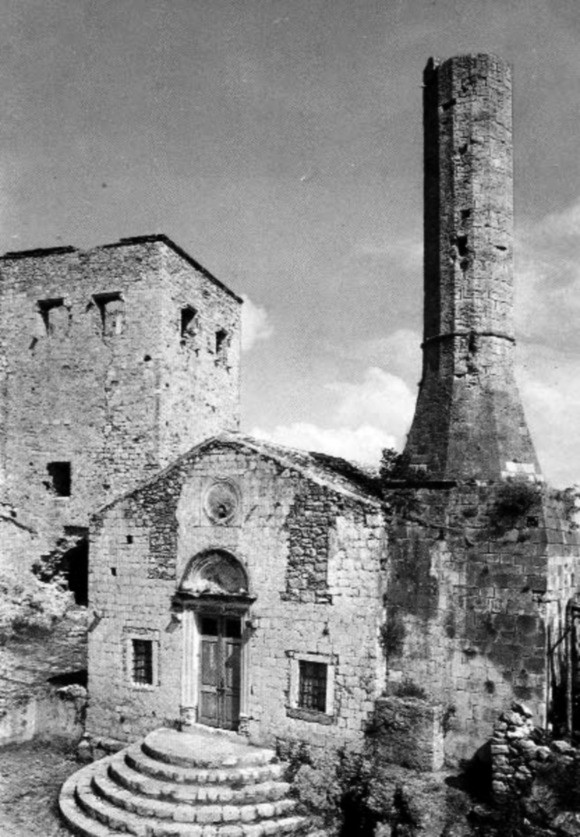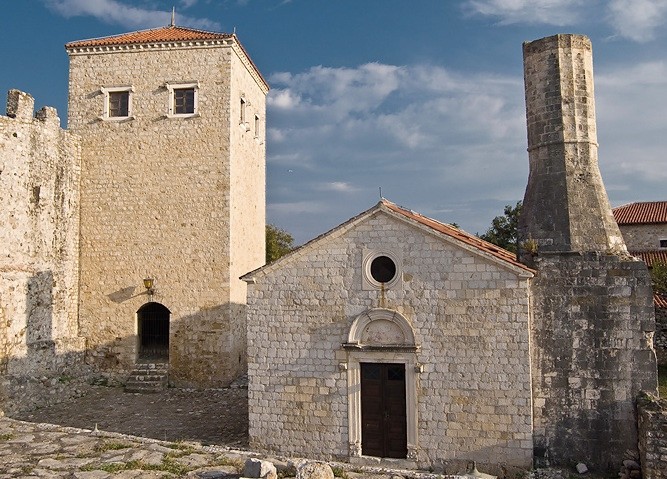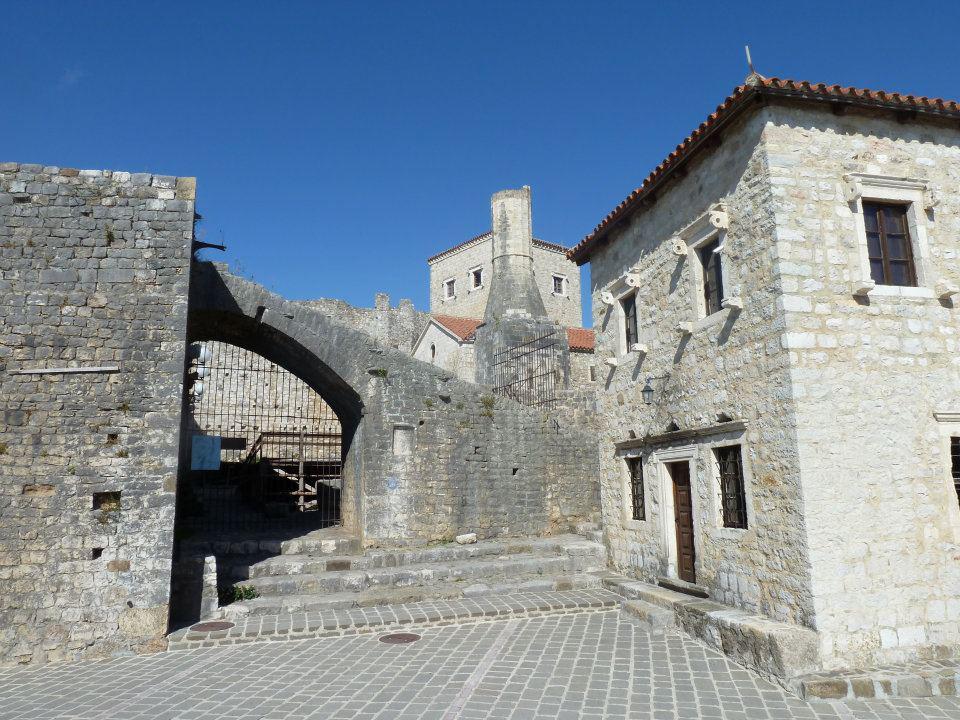The Mosque of Hajji Halil Skura in Ulcinj
 In the area of Ulcinj have lived and worked many known and unknown artists since ancient times, enriching them with deeds and leaving future generation wonderful works of the rich cultural heritage. Today, the remains of this culture can be seen among the ancient walls of the Old Town of Ulcinj, but also in other places outside the walls. Written history, since Pliny the Elder, tells about the turbulent history of this city, which is more than 2500 years old. Archeological remains of “Illyrian walls” and of other buildings,which neither time nor passed centuries could not destroy, leave a particular impression. Monuments that were preserved until today date from the Ottoman Empire, which was the longest lasting in the region.
In the area of Ulcinj have lived and worked many known and unknown artists since ancient times, enriching them with deeds and leaving future generation wonderful works of the rich cultural heritage. Today, the remains of this culture can be seen among the ancient walls of the Old Town of Ulcinj, but also in other places outside the walls. Written history, since Pliny the Elder, tells about the turbulent history of this city, which is more than 2500 years old. Archeological remains of “Illyrian walls” and of other buildings,which neither time nor passed centuries could not destroy, leave a particular impression. Monuments that were preserved until today date from the Ottoman Empire, which was the longest lasting in the region.
Turks, who brought Islam, brought also a different style of architecture. There were many mosques, baths, city fountains constructed, and many city walls identified, which have lasted until today. Many buildings were renovated and redecorated also, a process that, for sure, contributed to the development of oriental architecture unique to this part of Europe. Most of these facilities are located among the ancient walls of the Old Town, silent monuments of turbulent past history of the town, which has often changed its masters, but as a “phoenix” rose again and survived. There are also monuments outside the walls of the Old Town, although the time and human neglect have done that many disappear. Particularly painful is the loss of the old commercial market, and many fountains that were decorations of the city. Removal and disappearance of mosques is a special story. They were torn out in a planned and systematic way. Communist regime and people who were personification of that regime, and who didn’t neither like this city nor had known the history and culture, had given valuable “contribution” for its removal and disappearance. There were demolished and removed three magnificent mosques, such as that of “Meterizi”, “Meraja” and “Sailors’ Mosque”.
Among the most famous monuments, which have experienced such a tragic fate, should be allocated a mosque, an ancient place of worship, which is located within the Old Town walls. It was a gathering place for believers of Islamic religion more than 300 years. During holiday times, in company of our parents we had visited this place feeling awe of its monumentality. We had even less played in its proximity, even though we were force to play close to it, in “Slaves’ Square” because of the lack of space. This is the mosques of Hadji Halil Skura, where many residents of this city have worshiped (prayed) and studied the Qur’an. There could be highly heard a call of muezzin from the tower (minaret) of the mosque, until the fateful moment when it was tuned into a warehouse, and a few years later, in 1975, into a part of the museum complex just for the desire of the communist regime. As the old Town is not a museum on itself. It was very difficult to accept such a decision, especially when about it had decided people who were born among these ancient walls. But, it is left as a matter of time court and conscience.

Winning Ulcinj in 1571, Turks who came in these areas were very surprised to see the mosque “Sailors’ Mosques” on the shore. The mosque was built by the Moors in the 14th century, which was and still is a link and a challenge to further spread of Islam in this country. Realizing that the new religion is a religion of peace and tolerance, people accepter it quickly and without coercion. It greatly accelerated the construction of many facilities, while others were converted and adapted to the new spirit, but not demolished as it was the case with other conquers before and beyond (the mosques “Meraja” which was demolished in 1968 or “Sailors’ Mosque” in 1931). The church-mosque in Old Town (as it is called by majority) or the Mosques of Hadji Halil Skura, built in 1510, was adapted into a mosque adding a minaret in 1693. It would have served more than 300 years as a place where believers of Islam religion could gather. Albanians, as autochthon people more than 2500 years, accepted Islam as a religion of peace and tolerance. In this historical context, indigenous people crossing Islam adapted the old place of prayer to their new needs. Islamic architects (builders) left inscription in Latin, decorative plastic, capitals and relieve.

The mosque is a unique architectural facility located on the highest part of the Old Town, that together with Balsic Tower make the most recognizable part of this town. The Mosque of Hadji H. Skura or “The Imperial Mosque” (“Carska”) as E. Celebija calls it, meets the environment of this city, that is rightfully called the pearl of the Adriatic Sea and of Mediterranean. Europeans, from the time of Arnold von Harfi, a German travel writer in 1497, constantly came to visit this area, admiring the beauty of the city and describing the hospitality of the people. But, with the development of massive tourism in the country and abroad, the city became known as a symbol of co-existence and unique for its oriental architecture.
Today the mosque serves as a part of museum complex, where many objects and exhibits of our cultural heritage are exposed.
Ismet Karamanaga